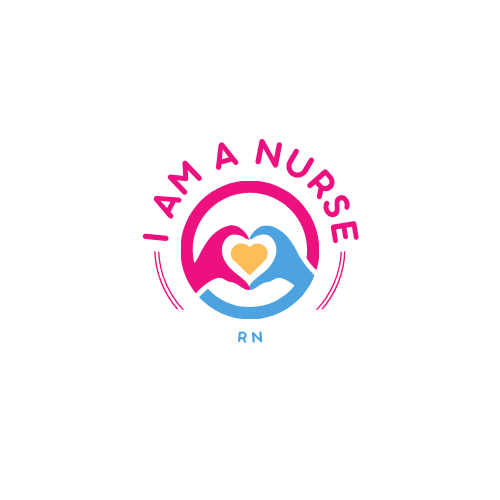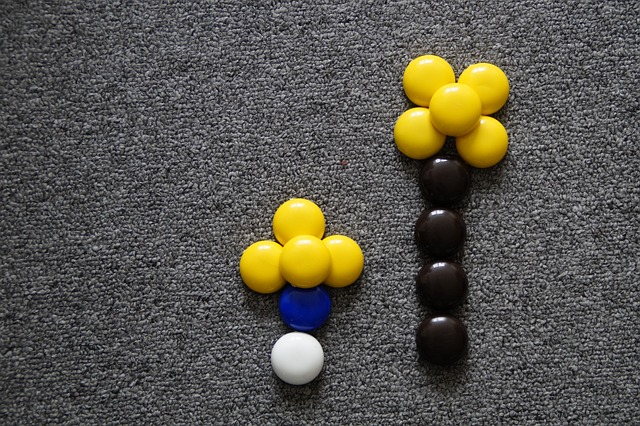
Photo by JillWellington on Pixabay
Child development is a fascinating and complex process that encompasses various stages and milestones. From the first smile to the first step, children go through significant physical, cognitive, language, and social-emotional changes as they grow from infancy to adolescence. Understanding these developmental milestones is crucial for parents, caregivers, and healthcare providers to ensure that children are progressing as expected and to identify any potential delays or concerns. In this comprehensive guide, we will explore the key milestones that children typically reach at each stage of development, from infancy to adolescence.
Infancy: Birth to 12 Months
The first year of a child’s life is a period of rapid growth and development. During this time, infants undergo remarkable physical and cognitive changes. It is important to remember that every child develops at their own pace, but there are general milestones that can be expected within this age range.
Physical Development
Infants experience significant physical milestones during their first year. These milestones include rolling over, sitting without support, crawling, and eventually walking. By the age of 12 months, most infants can walk with assistance or take their first independent steps.
Cognitive Development
Cognitive development in infancy involves the acquisition of fundamental cognitive skills. Infants start to explore their environment, recognize familiar faces, and develop object permanence. They begin to understand cause and effect relationships and show curiosity in their surroundings.
Language Development
Language development in infancy is marked by the progression of communication skills. Infants start making cooing and babbling sounds, responding to their own names, and imitating simple sounds and gestures. By 12 months, many infants can say a few words like “mama” or “dada.”
Social-Emotional Development
Social-emotional development in infancy is characterized by the establishment of emotional bonds and the development of basic social skills. Infants begin to form attachments to their primary caregivers, show emotions like joy and frustration, and engage in simple social interactions.
Early Childhood: 1 to 5 Years
During early childhood, children continue to experience significant growth and development in various domains. They become more independent, develop their language skills, and engage in more complex social interactions.
Physical Development
Physical development in early childhood involves the refinement of motor skills and increased coordination. Children can walk, run, jump, climb, and perform more complex movements. They also develop fine motor skills, such as holding a pencil and using utensils.
Cognitive Development
Cognitive development in early childhood is marked by significant advancements in thinking and problem-solving abilities. Children develop logical reasoning skills, engage in imaginative play, and demonstrate a growing understanding of numbers, shapes, and colors.
Language Development
Language development in early childhood expands rapidly. Children start speaking in sentences, asking questions, and engaging in conversations. They develop vocabulary, grammar, and comprehension skills, allowing them to express their thoughts and understand more complex instructions.
Social-Emotional Development
Social-emotional development in early childhood involves the development of self-awareness, empathy, and social skills. Children begin to understand and regulate their emotions, form friendships, and engage in cooperative play with their peers. They also start to develop a sense of identity and self-esteem.
Middle Childhood: 6 to 12 Years
Middle childhood is a period of continued growth and development, both physically and mentally. Children refine their motor skills, expand their knowledge, and navigate complex social relationships.
Physical Development
Physical development in middle childhood is characterized by improvements in gross and fine motor skills. Children become more coordinated and agile, participating in sports and physical activities that require more advanced skills. They also experience growth spurts and changes in body proportions.
Cognitive Development
Cognitive development in middle childhood involves the development of critical thinking, problem-solving, and academic skills. Children acquire more advanced reading, writing, and mathematical abilities. They begin to think abstractly, engage in logical reasoning, and develop a greater understanding of the world around them.
Language Development
Language development in middle childhood focuses on expanding vocabulary, refining grammar and syntax, and developing effective communication skills. Children become more proficient readers and writers, expressing their thoughts and ideas with clarity and fluency.
Social-Emotional Development
Social-emotional development in middle childhood is centered around the development of social skills, self-concept, and empathy. Children form friendships based on shared interests and engage in more complex social interactions. They become more aware of societal norms and expectations, developing a sense of morality and empathy towards others.
Adolescence: 13 to 18 Years
Adolescence is a transformative period characterized by significant physical, cognitive, and socio-emotional changes. Teenagers experience growth spurts, hormonal shifts, and increased independence as they transition into adulthood.
Physical Development
Physical development in adolescence is marked by puberty, which brings about significant changes in the body. Teenagers experience growth spurts, changes in body shape, and the development of secondary sexual characteristics. They also undergo neurological changes that contribute to improved coordination and motor skills.
Cognitive Development
Cognitive development in adolescence involves the refinement of critical thinking, problem-solving, and abstract reasoning abilities. Teenagers develop the capacity for complex reasoning, future planning, and decision-making. They also explore their identities and develop personal values and beliefs.
Language Development
Language development in adolescence focuses on further expanding vocabulary, refining communication skills, and developing oral and written expression. Teenagers become more adept at expressing their thoughts and emotions, engaging in debates, and comprehending complex texts.
Social-Emotional Development
Social-emotional development in adolescence involves the formation of a sense of identity, the establishment of intimate relationships, and the development of autonomy. Teenagers navigate peer relationships, family dynamics, and societal expectations while developing a sense of self and exploring their interests and passions.
In conclusion, understanding the developmental milestones from infancy to adolescence is essential for parents, caregivers, and healthcare providers. These milestones provide valuable insights into a child’s growth and development, enabling early identification of potential delays or concerns. By fostering a supportive and nurturing environment, children can thrive and reach their full potential in all areas of development.




